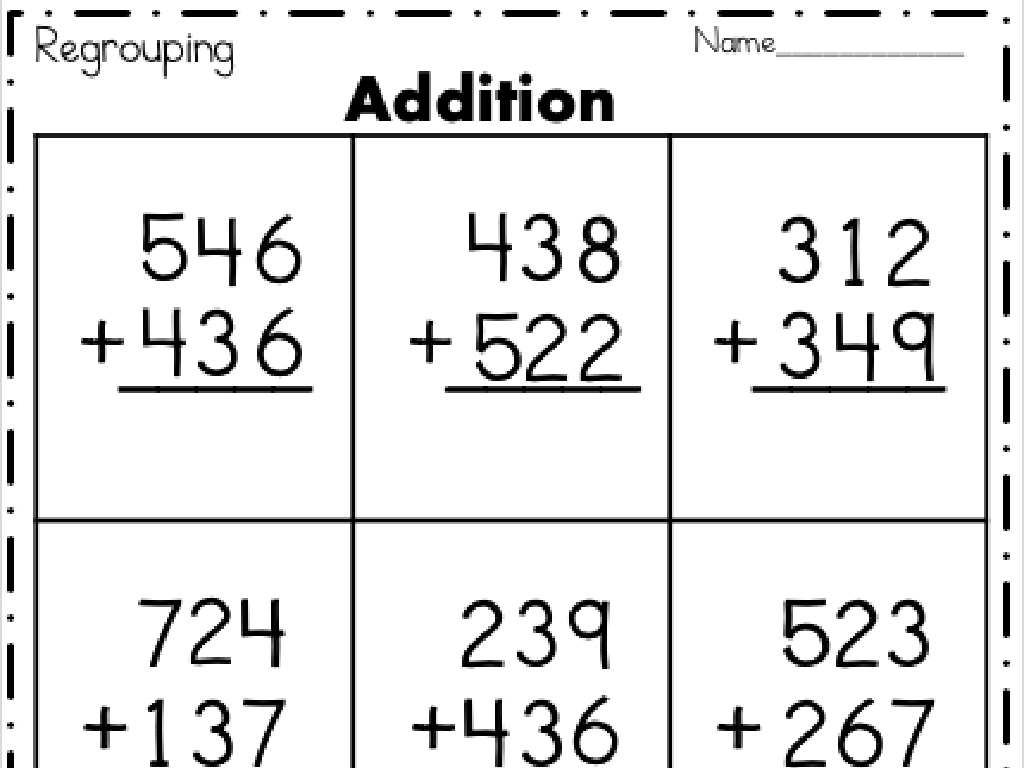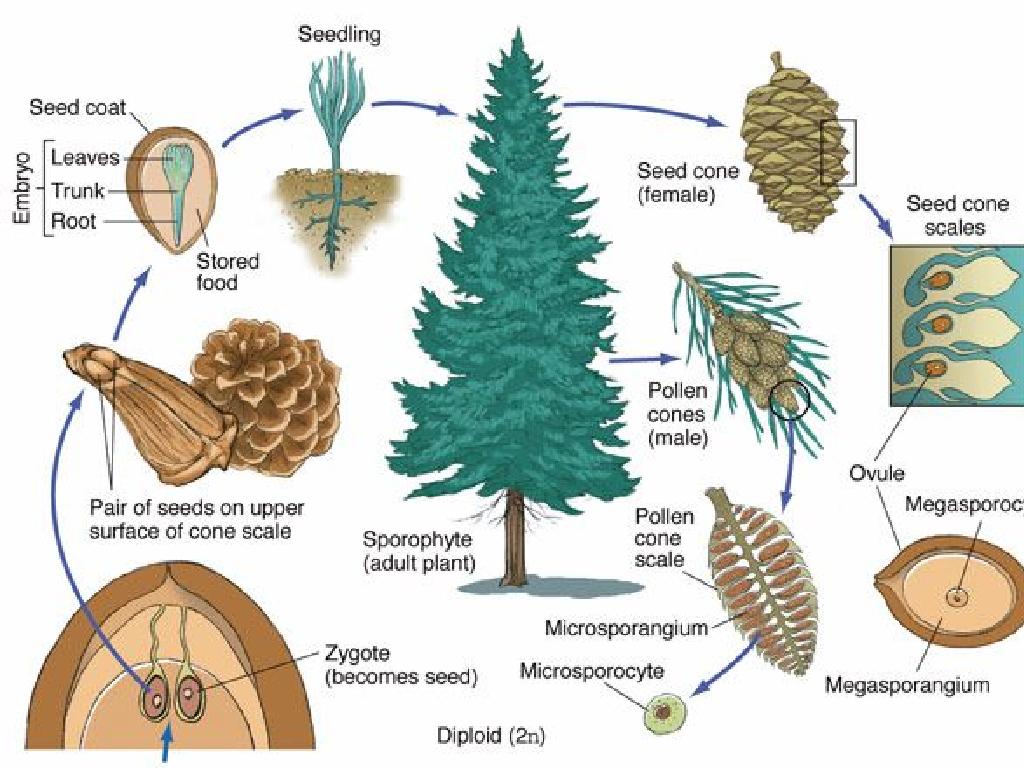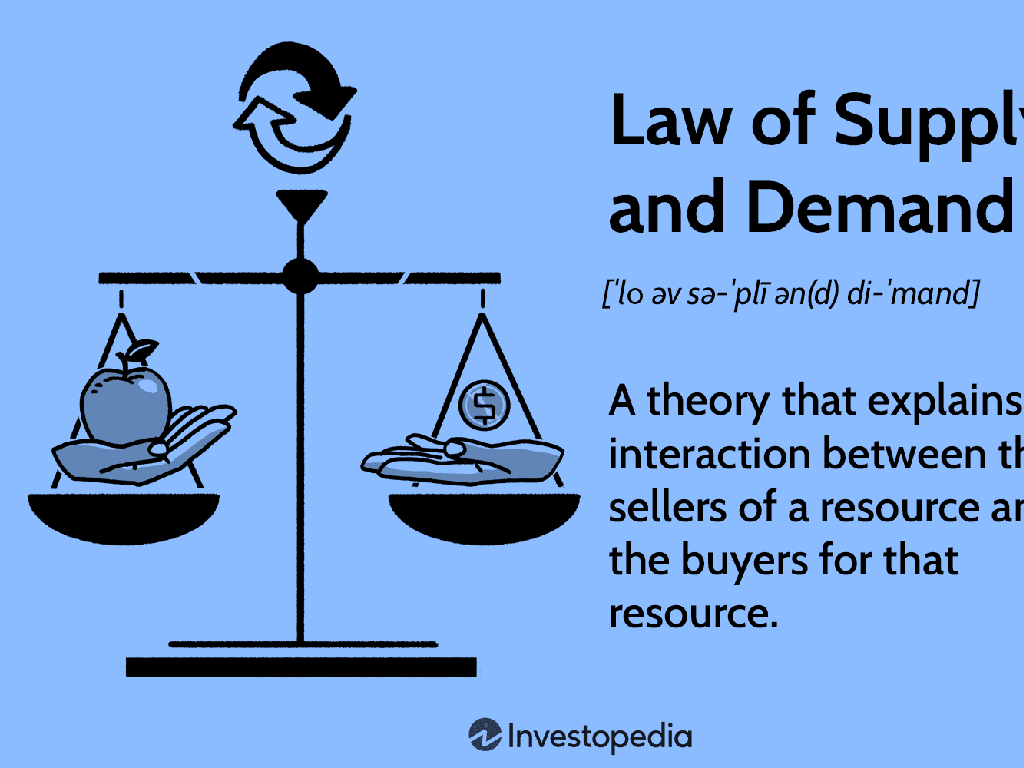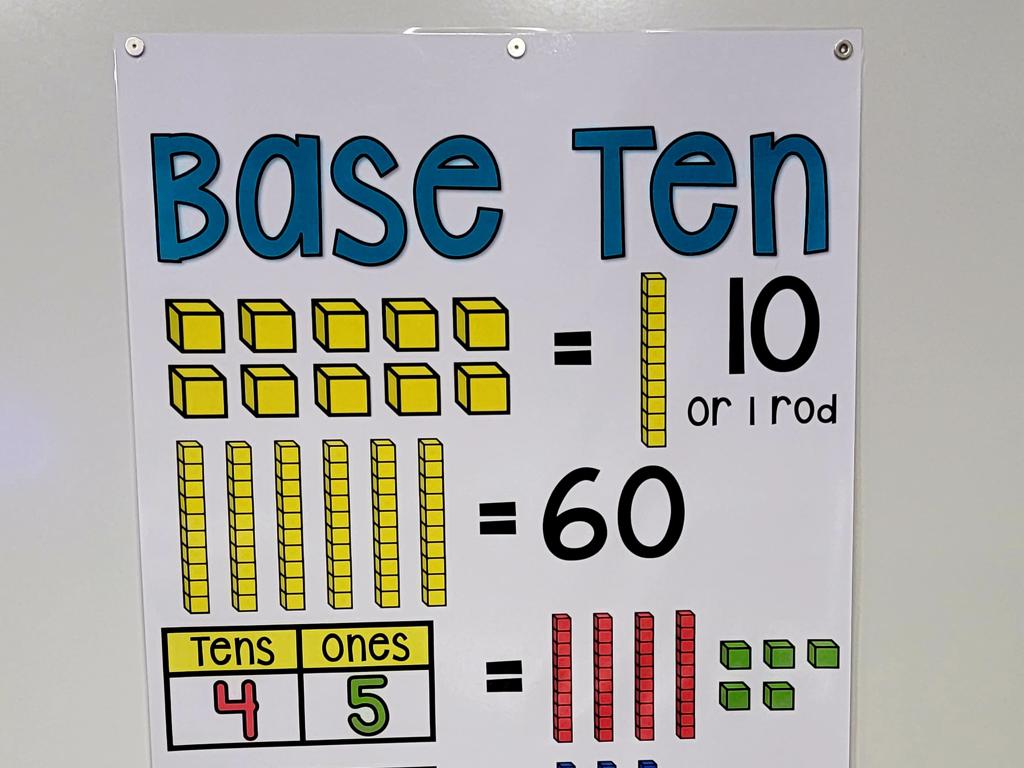Use The Correct Frequently Confused Word
Subject: Language arts
Grade: Eighth grade
Topic: Editing And Revising
Please LOG IN to download the presentation. Access is available to registered users only.
View More Content
Mastering Frequently Confused Words
– Importance of precise word choice
– ‘There’, ‘Their’, ‘They’re’: Know the difference
– ‘There’ indicates a place, ‘Their’ shows possession, ‘They’re’ is a contraction for ‘they are’.
– Impact of correct word usage on writing
– Using the right word enhances clarity and credibility in writing.
– Strategies to remember the right word
– Use mnemonic devices or practice sentences to memorize usage.
|
This slide introduces students to the concept of frequently confused words, emphasizing the importance of choosing the right word to convey clear and accurate meaning in their writing. Highlight examples like ‘there’, ‘their’, and ‘they’re’, explaining the distinct usage of each. Discuss how incorrect word choice can lead to misunderstandings and diminish the writer’s credibility. Offer strategies such as mnemonic devices to help students remember the differences. Encourage practice by creating sentences that correctly use these words, and explain that proofreading is essential for catching and correcting these common mistakes.
Homophones and Homographs
– Define homophones and homographs
– Words that sound alike but have different meanings and spellings e.g., ‘sea’ and ‘see’.
– Examples: to, too, two
– ‘To’ (direction), ‘too’ (also), ‘two’ (number).
– Homographs: lead vs lead
– Words spelled the same but with different meanings and sometimes pronunciations.
– Context is key to correct usage
– Use sentence clues to determine the right word.
|
This slide introduces students to the concepts of homophones and homographs, which are frequently confused words in the English language. Homophones are words that sound the same but have different meanings and spellings, such as ‘their’ and ‘there’. Homographs, on the other hand, are words that are spelled the same but have different meanings, and sometimes different pronunciations, like the word ‘lead’, which can mean to guide someone, or it can refer to the metal. Provide examples to illustrate each concept, and emphasize the importance of context in determining the correct usage of these words. Encourage students to think of more examples and to use context clues to figure out the meanings of homophones and homographs in sentences.
Context Matters: Choosing the Right Word
– Context determines word choice
– Analyze sentences for clues
– Look for hints in the surrounding text
– Practice with example sentences
– ‘Their’ vs. ‘There’: The Smiths left their coats over there.
– Identify correct words in context
|
This slide emphasizes the importance of context in selecting the correct frequently confused word. Context includes the words and sentences around the tricky word that provide clues to its meaning. Encourage students to analyze sentences by looking for these hints, which could be definitions, synonyms, or the overall sense of the sentence. The practice activity involves identifying the correct word in various sentences, reinforcing their understanding of context. For example, differentiate between ‘their’ (possessive) and ‘there’ (location). Provide additional sentences for practice and discuss why each word is correct in its specific context.
Your vs. You’re: Choosing the Right Word
– ‘Your’ indicates possession
– Belongs to you: Your book, your idea
– ‘You’re’ is short for ‘you are’
– Use it when you mean ‘you are’: You’re going to love this!
– Examples of ‘your’ and ‘you’re’
– Your dog is cute. You’re a great friend.
– Practice with sentences
– I’ll provide sentences; you’ll correct them.
|
This slide aims to clarify the difference between ‘your’ and ‘you’re,’ which are often confused in writing. ‘Your’ is a possessive pronoun used to show ownership, such as ‘your coat’ or ‘your homework.’ On the other hand, ‘you’re’ is a contraction for ‘you are,’ used in sentences like ‘you’re welcome’ or ‘you’re late.’ Provide clear examples to illustrate the correct usage of each word. For practice, create sentences where students must choose the correct word. This exercise will help reinforce their understanding and ensure they can apply this knowledge in their writing.
Its vs. It’s: Mastering Frequently Confused Words
– ‘Its’ indicates possession
– Example: The cat licked its paws.
– ‘It’s’ is a contraction for ‘it is’ or ‘it has’
– Example: It’s been raining all day.
– Examples of ‘its’ and ‘it’s’
– ‘Its’: The dog wagged its tail. ‘It’s’: It’s a sunny day.
– Practice with sentences
|
This slide aims to clarify the difference between ‘its’ and ‘it’s’, which are often confused in writing. ‘Its’ is a possessive pronoun used to show ownership, similar to ‘his’ or ‘her’, but for neutral objects or animals. ‘It’s’ is a contraction that stands for ‘it is’ or ‘it has’, and is used in sentences to either describe a state of being or an action that has occurred. Provide students with clear examples to illustrate the correct usage of each. Encourage them to create their own sentences using both ‘its’ and ‘it’s’ to reinforce their understanding. During practice, have them identify and correct sentences that misuse these words.
Practice with Frequently Confused Words
– Complete fill-in-the-blank exercises
– Use worksheets with blanks for words like ‘there/their/they’re’
– Exchange papers for peer review
– Swap worksheets with a classmate and review their answers
– Correct each other’s choices
– Mark any incorrect words and provide the correct ones
– Discuss challenging words in class
– Share words that were difficult and why they were confusing
|
This slide outlines a classroom activity focused on frequently confused words. Students will begin by completing fill-in-the-blank exercises designed to test their understanding of words that are often mixed up, such as ‘to/too/two’ or ‘there/their/they’re’. After completing the exercise, they will exchange their worksheets with a peer for review, allowing them to see different approaches to the same problem and learn from each other’s mistakes. Following the peer review, the class will come together to discuss any words or sentences that were particularly challenging, providing an opportunity for collective learning and clarification. The teacher should facilitate the discussion, ensuring that each student understands why certain words are confusing and how to distinguish between them in the future.
Class Activity: Word Detective
– Divide into small groups
– Receive sentences with confused words
– Sentences like ‘Their going to the park’ vs. ‘They’re going to the park’
– Identify and correct misused words
– Look for words like ‘to, too, two’ or ‘there, their, they’re’
– Share and discuss findings
|
This activity is designed to enhance students’ understanding of commonly confused words through collaborative learning. By working in small groups, students can discuss and debate the correct usage of words in context, which promotes critical thinking and peer learning. Provide each group with a list of sentences that include commonly confused words such as ‘accept’ vs. ‘except’, ‘affect’ vs. ‘effect’, ‘lie’ vs. ‘lay’, and ‘there’, ‘their’, ‘they’re’. After the groups have completed the task, have them share their corrected sentences with the class. This will allow for a group discussion and clarification of any lingering confusion. As a teacher, be prepared to guide the discussion and provide clear explanations for each correction. Possible activities for different groups could include creating their own sentences with commonly confused words, illustrating the correct usage of these words, or even writing a short story that includes a list of confused words to be identified by other groups.
Conclusion: Choosing the Right Words
– Recap: Word choice matters
– Homework: Craft sentences
– Write original sentences using a provided word list.
– Use frequently confused words
– Focus on words that sound alike but have different meanings.
– Remember: Practice is key
|
As we wrap up today’s lesson, it’s crucial to emphasize the impact of word choice on effective communication. For homework, students will reinforce their understanding by writing sentences that correctly use commonly confused words, such as ‘there/their/they’re’ or ‘your/you’re.’ This exercise will help them to recognize and apply the correct usage in their writing. Remind students that becoming proficient in distinguishing these words comes with regular practice. Encourage them to review their work for errors and to help each other in peer reviews.






